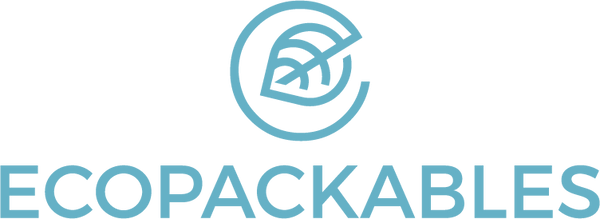Are you looking to integrate reusable packaging into your operations and make a lasting impact on sustainability? Then this guide is for you!
We’ll explore the key benefits of reusable packaging, what industries can make the most use out of reusable packaging, and how it can help reduce waste while creating a stronger connection with your customers.
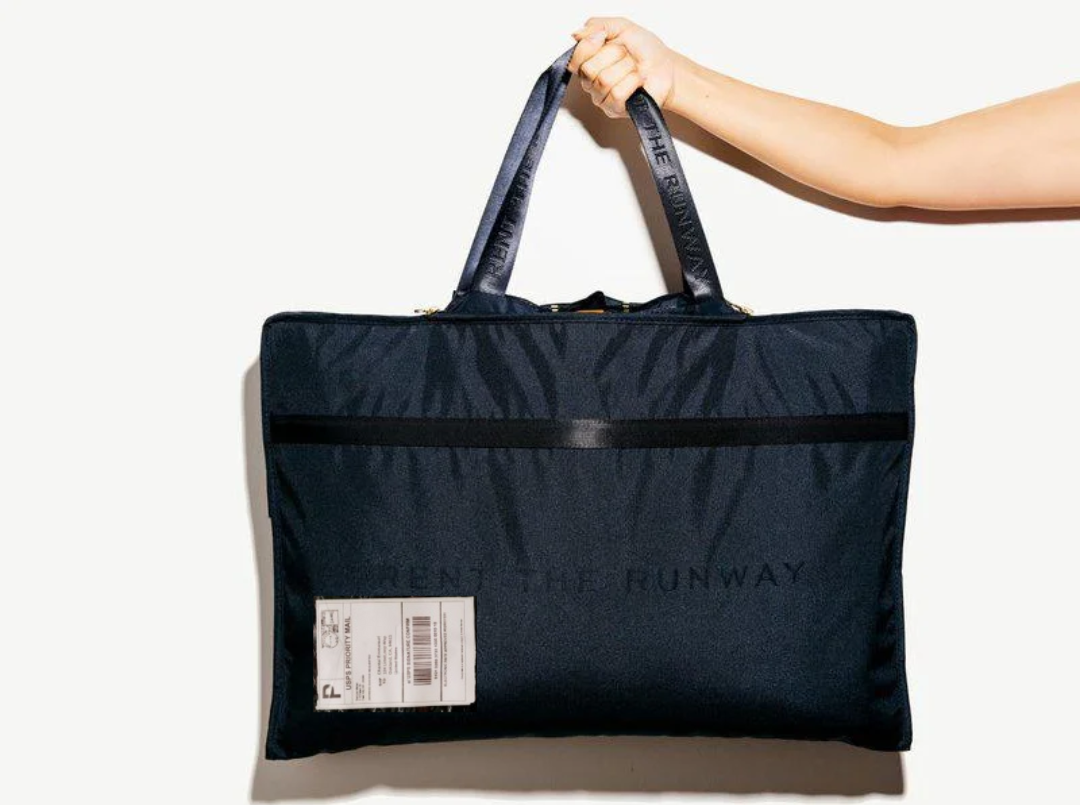
Industries Where Reusable Packaging Makes Sense
Reusable packaging has emerged as a game-changer for industries like subscriptions, rentals, and take-back programs. Here are a few industries where it can thrive:
-
Personal Styling and Try-Before-You-Buy Services
Businesses like Stitch Fix or Warby Parker send customers multiple items, expecting that some will be returned. Reusable packaging can streamline these returns, offering durability and a professional presentation while reducing waste with every shipment.
-
Rental Services
Companies such as Rent the Runway or Gear Loop, which rely on items being shipped back after use, are ideal candidates for reusable packaging. Durable materials ensure the packaging can withstand multiple trips, enhancing sustainability without compromising functionality or style.
-
Take-Back Programs
Brands like Pela, which offer to recycle the product they replace (e.g., old phone cases), can benefit greatly from reusable packaging. By integrating the return process into the packaging itself, businesses make it easier for customers to participate in sustainable practices while maintaining a cohesive brand experience.
Reusable packaging not only supports sustainability but also aligns with the operational needs of these industries, helping them stand out as leaders in eco-conscious innovation.
Customization Options
Reusable packaging offers a variety of customization options to meet your brand’s specific needs and reflect your identity. From structure to printing, you can tailor every aspect to align with your operational and aesthetic goals.

Size and Structure:
- Fully customizable to fit your products, from compact designs to larger configurations.
- Adjustable features like snap buttons allow the packaging to be resized for efficient returns at half the original size.

Color Options:
- Stock Colors: White and black are available with low MOQs, as well as additional stock colors for smaller production runs.
- Custom Colors: For unique brand shades, custom fabric color runs are available. These require significant MOQs, which vary depending on the size and material specifications of the packaging.
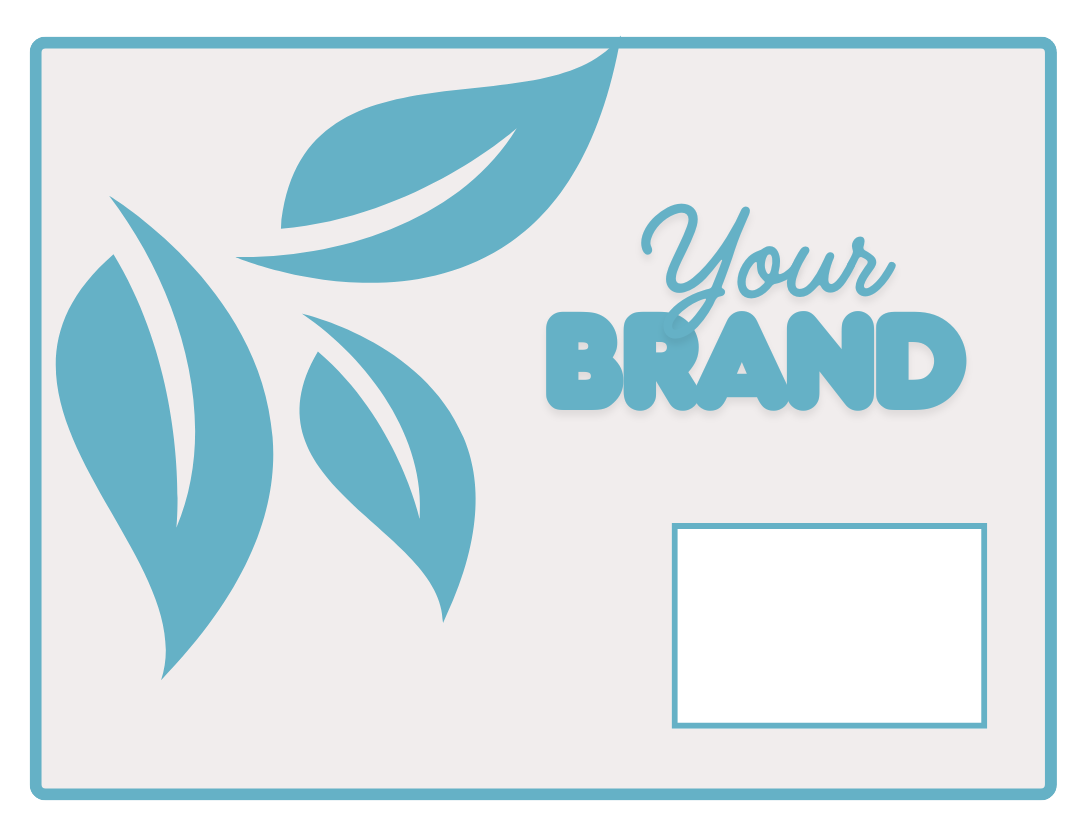
Printing and Design:
- Printing Methods: Screen printing is currently available, with options for CMYK or Pantone color matching to bring your brand’s identity to life. Pantone designs can include up to eight colors.
- Design Recommendations: Minimalist designs are ideal for maintaining a clean, professional appearance as the packaging endures multiple use cycles, ensuring durability and aesthetic consistency.
Materials
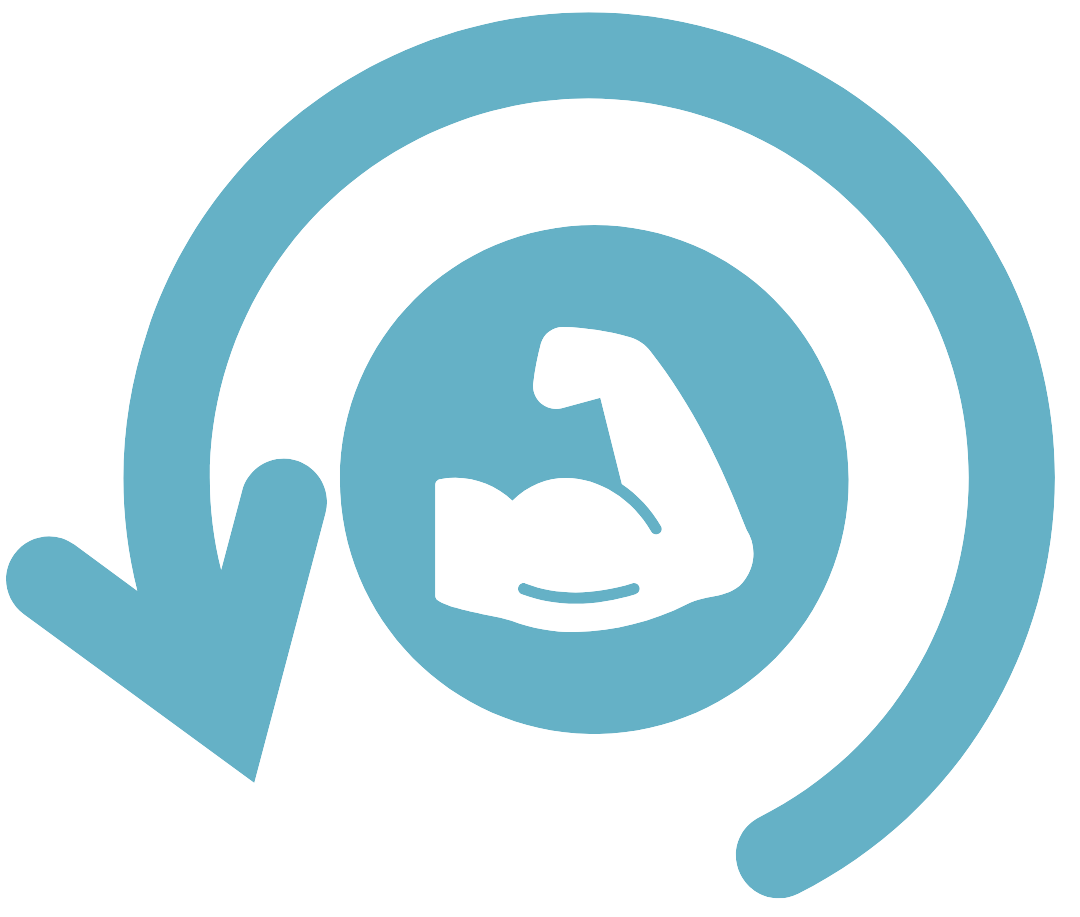
Our reusable packaging is crafted from materials designed to endure repeated use while minimizing environmental impact. We offer a wide range of options to suit the specific look, feel, and functionality your business needs. Whether you’re aiming for sleek and modern or durable and utilitarian, our materials are tailored to your brand’s unique vision.
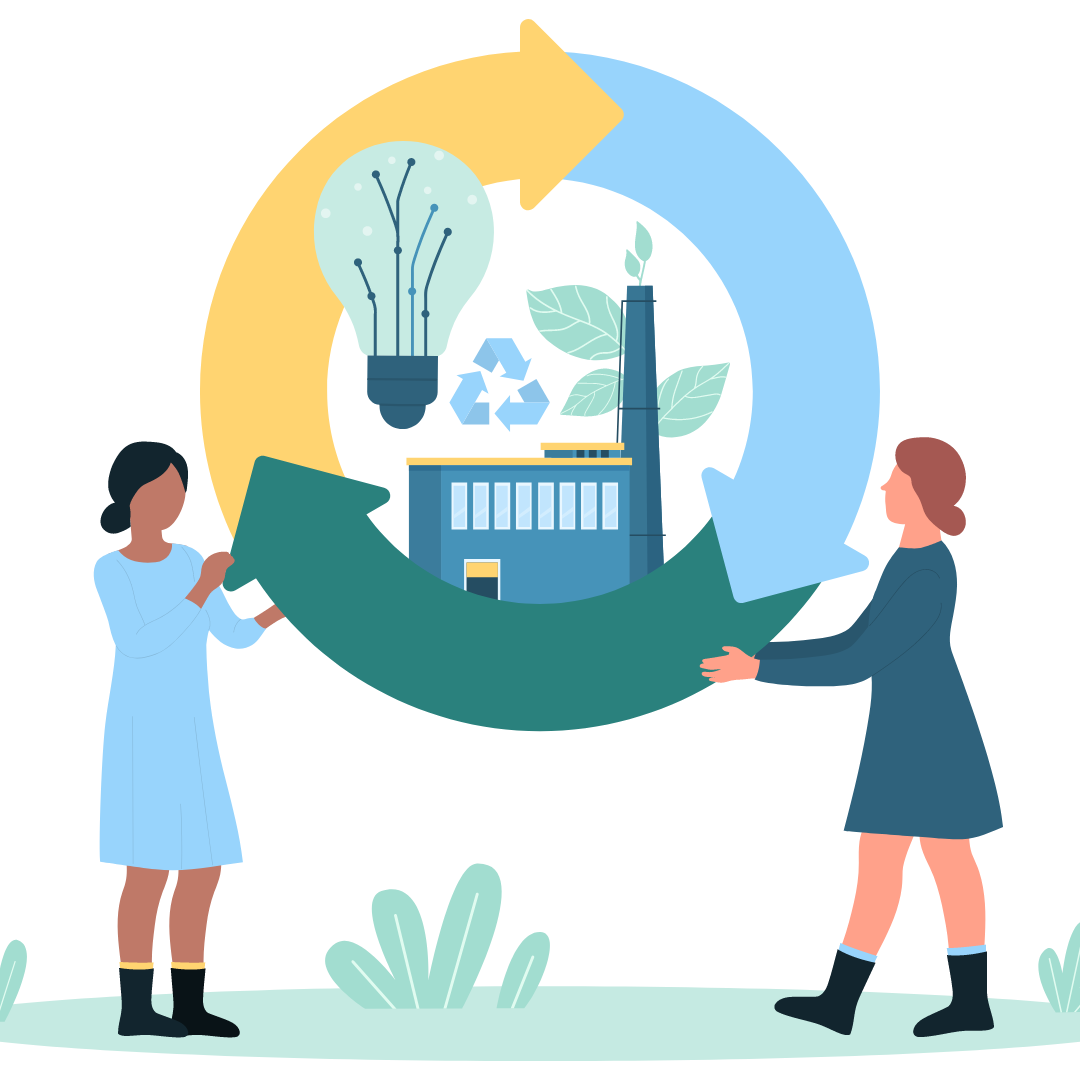
Wherever possible, we prioritize using recycled content to reduce waste and support a circular economy, ensuring your packaging aligns with both your sustainability goals and aesthetic preferences. Materials are carefully chosen to meet the required number of cycles needed for the packaging to achieve a net-positive sustainability impact, balancing performance with environmental responsibility.
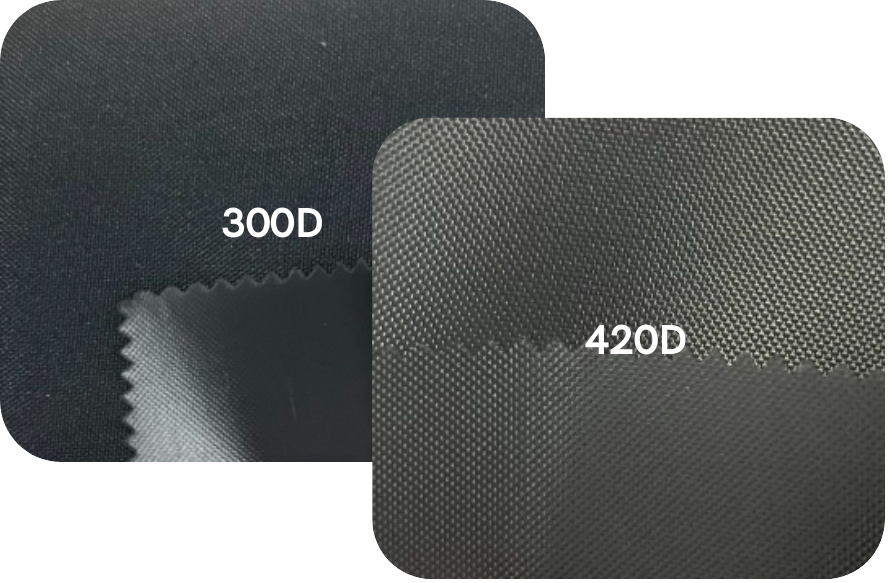
Our packaging can also be customized to varying levels of thickness. Thicker materials provide a premium feel that appeals to luxury brands, while thinner options are ideal for reducing material use and minimizing the overall environmental footprint.
Durability
Our packaging is engineered to handle the demands of repetitive use while protecting your shipments:
-

Weather Resistance:
The material options we offer can withstand exposure to moisture, dirt, and light wear and tear, ensuring they remain functional and reliable over time.
-

Secure Closures:
Interlocking zippers provide a secure seal for every shipment, with the option to add zip ties for additional security, particularly for high-value items.
Wear and Tear: While designed for durability, some signs of scuffing or dirt may appear over time. This can be minimized through thoughtful cleaning processes, but brands should balance cleaning frequency with sustainability goals.
Lifecycle and End-of-Life Considerations

Reusable packaging isn’t just designed to last; it’s crafted with its entire lifecycle in mind. Different materials and thicknesses should be carefully selected to balance durability and sustainability. While thicker materials offer a premium feel, they require more resources to produce and must be reused across more shipments to achieve the same environmental impact as thinner options. By contrast, thinner materials may have a lower resource footprint upfront but still provide durability for multiple cycles.
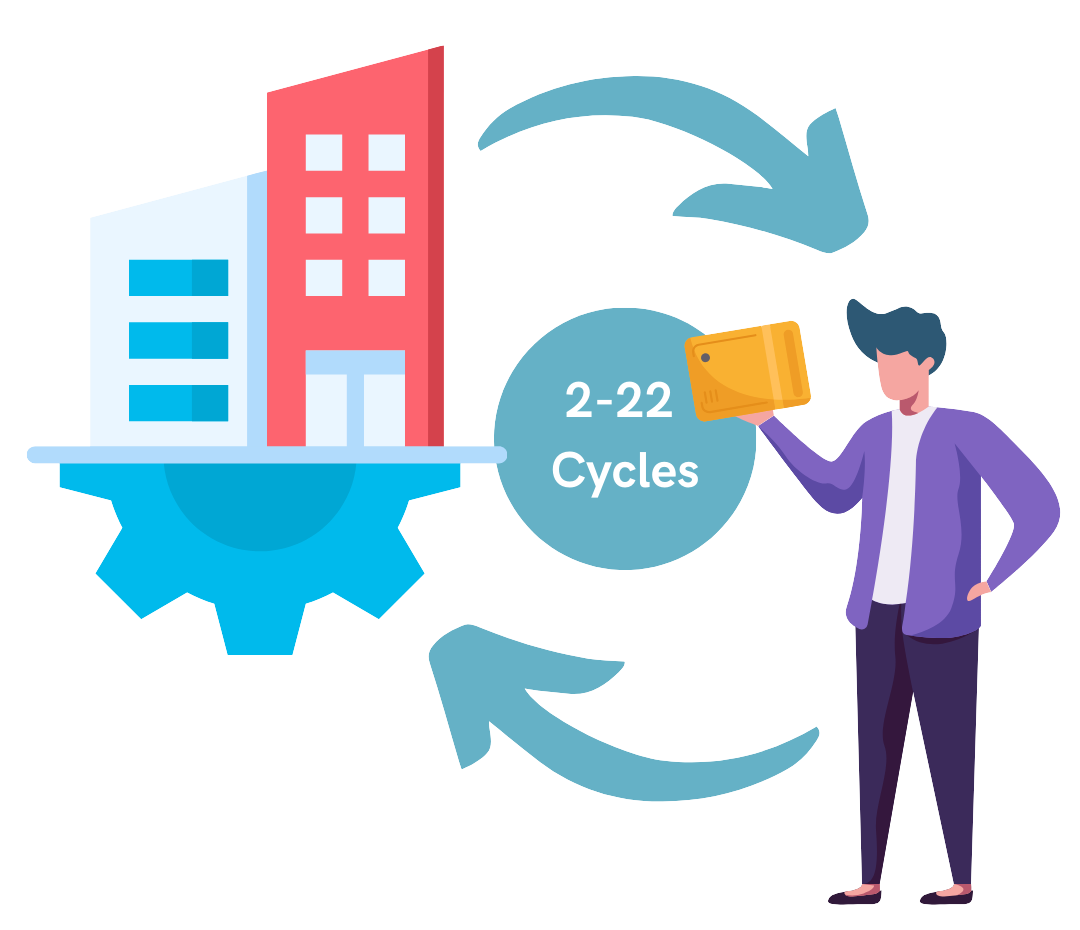
Multiple Cycles:
Depending on the material and what it is replacing, reusable packaging may require anywhere from 2 to 22 cycles to match the sustainability impact of single-use alternatives. For example, replacing paper packaging may take fewer cycles to achieve a net-positive effect compared to replacing plastic packaging, which requires more cycles due to the generally low cost of shipping single-use polymailers
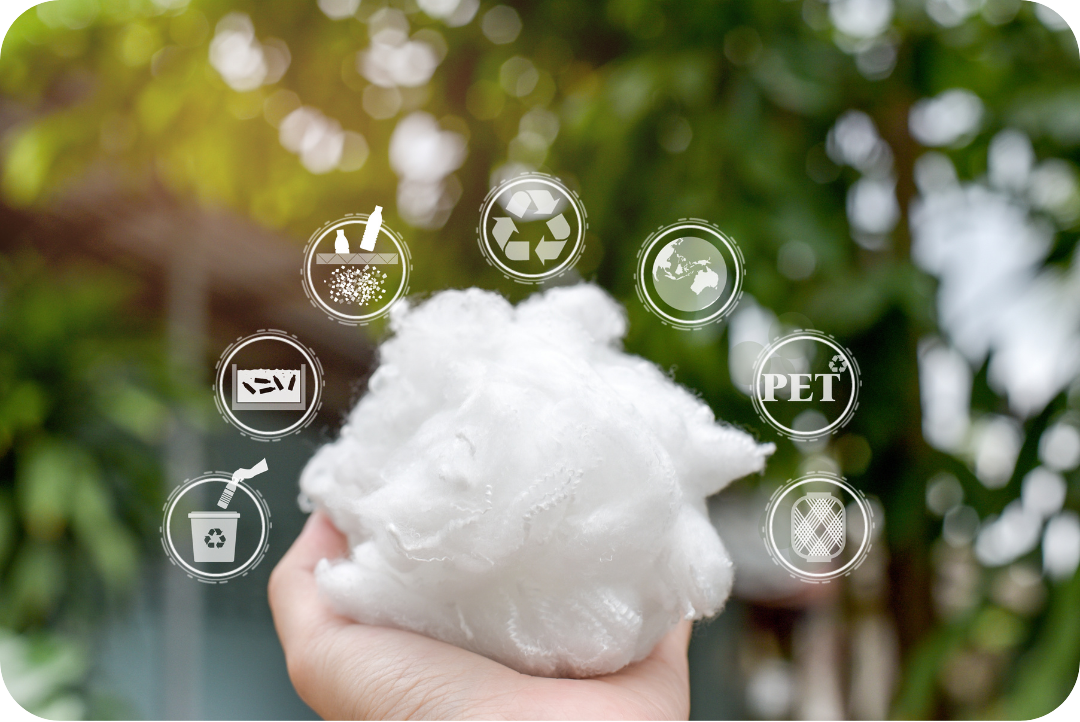
End-of-Life Recycling:
When the packaging reaches the end of its usable life, materials can be shredded and repurposed into products like insulation or woven fabrics, depending on their condition and composition. This helps close the loop, further reducing waste and environmental impact.
Practical Logistics for Implementation
Transitioning to reusable packaging requires planning and adaptability:
-
Piloting
Most brands begin with smaller quantities (500–2,000 units) to test feasibility before scaling up. Consider offering reusable packaging as an optional feature at checkout, allowing customers to opt-in for a small fee, if applicable.
-
Managing Inventory
Reusable packaging introduces new complexities in tracking usage, returns, and inventory levels. It’s important to establish systems to monitor packaging flow and determine when to replenish stock.
-
Fulfillment Integration
An easy way to improve the customer experience and increase the chance of return is by Including return labels with shipments to simplify the return process.
Enhancing Brand Image

Adopting reusable packaging goes beyond sustainability—it’s a chance to elevate your brand and connect with your customers in meaningful ways:
Customer Engagement: Reusable packaging carries the story of its journey, with each reuse showcasing its role in reducing waste. Signs of wear and tear become a badge of honor, symbolizing your commitment to sustainability. This tangible proof of eco-friendly innovation resonates with customers, transforming packaging into a point of pride and engagement.
Elevated Experience: Durable, thoughtfully designed packaging communicates quality and care. It enhances your brand’s image by offering a premium unboxing experience, leaving a lasting impression on customers and reinforcing their trust in your values
Reusable packaging bridges the gap between sustainability and practicality, offering brands a solution that reduces waste, enhances operations, and aligns with customer values.
Interested in getting started with a reusable packaging pilot program? Reach out to our team of experts. We will help you consider all your options and find a solution that best suits your brand.
